Common Gear Failures
- General Wear – As gears begin to take on a polished look, it is generally due to metal to metal contact and lack of lubrication.
 As the problem worsens, the addendum and dedendum areas (above the pitch point) become noticeably worn. As the problem further worsens excessive noise and vibration increase until the component is no longer fit for service and must be replaced.
As the problem worsens, the addendum and dedendum areas (above the pitch point) become noticeably worn. As the problem further worsens excessive noise and vibration increase until the component is no longer fit for service and must be replaced. - Abrasive wear – Characterized by noticeable uniform lines worn into the surface of the tooth parallel to the tooth depth. Generally caused by contamination in the gearbox or working environment, loose tooth material removal from other forms of wear that occurred first.
- Corrosive wear – Lubricants contain various chemicals. Over time, corrosive chemical reactions and moisture attack the grain boundaries of the material and begin to pit the surface.
- Pitting – Caused by gear tooth surfaces not properly fitting to one another. It is generally a result machining repeatability (accuracy) or distortion problems in manufacturing or extreme contact stresses, in which case the gear design and application need to be considered.
- Spalling – Flakes of the surface appear to come off and resemble pitting. Usually caused by a combination of excessive contact stresses. In general, it is a result of insufficient case depth or presence of a white layer resulting from gas nitride and salt bath nitrided gears.
- Case Crushing – Similar to spalling or pitting, but the cause is generally a combination of high contact stress, and a shallow case depth. Cracks initiate along the case to core boundary and propagate to the surface.
- Frosting/Scoring – A general wear condition compounded with high heat caused by insufficient lubrication. Initially, the wear area looks polished, then frosted, then micro-pitted and finally tearing and micro-welding. The condition can be moderate to severe. In severe cases under load and temperature, the gear can be completely destroyed in a matter of minutes.
- Fatigue Breakage – Characterized by having a partial or entire tooth break away. Fatigue breakage causes are many. Assuming the application design is correct and field conditions are normal, some factors that can lead to fatigue breakage are small notches in the root radius, hob tears, material inclusions, heat treat cracks and material residual stresses.
- Random Fracture – Generally, fractures are associated with the root fillet. When fractures occur in other portions of the gear, they are considered random and need careful characterization to determine cause. Material flaws, improper heat treatment & foreign material passing through the gear mesh are common example causes of random fractures.
- Cold Flow – The surface of the material will appear to be rolled from the radius over the tips, and the tips appear rounded. There may also be a depression on the contact surface with noticeable indications that the material has been worked over or has flowed/smeared. This condition is usually caused by a combination of some of the following: Inaccurate manufacturing, overloading, distortion from inferior heat treatment methods or lack of case hardening. Some cold flow problems are also referred to as rippling, where the material flow takes on wave or fish-scale type pattern. In most cases, the condition is corrected by decreasing the load and ensuring the gear has been properly case-hardened.
- Ridging - Similar to cold forming, it is identifiable on heavily loaded worm drives and hypoid pinions where ridges as plastic flow on the surface in the direction of component sliding/meshing and usually a result of too high of contact stress and insufficient surface hardness of the material.
Many of the aforementioned failures can be avoided with proper surface hardening.
Historically, gear manufacturers increased the hardness of their parts by carburizing, induction hardening, flame hardening, and gas nitriding. Of these, carburizing is the most cost effective. However, high temperature quench hardening, especially in larger gears, leads to tooth deflection, helix angle changes and general distortion common in these types of processes. Although minimum in some cases, distortion, from the as machined condition, still exists.
Gas and salt-bath nitriding help to significantly reduce distortion, but result in a compound layer on the surface. This multi-phase layer is commonly referred to as the white layer and serves no purpose. It is a non-functional brittle layer that can spall off during service. Gear producers using these hardening methods commonly have to remove this white layer, especially on critical components with high loads.
JGS’ Plasma Ion Nitriding is clean, environmentally friendly process that addresses common gear failures associated with distortion and white layer issues. Our low temperature processing method requires no quenching process. The pulsed plasma energy can be precisely controlled to allow for a very repeatable, optimum treatment, resulting is virtually no distortion. There is no need for finish machining gears or cleaning to remove the white layer after plasma nitriding. In addition to reduced distortion, studies have proven that additional benefits of improved sliding wear resistance are also realized. Parts can be virtually service ready immediately after treatment.
Contact  today to see how we can improve the service life of your gears!
today to see how we can improve the service life of your gears!

